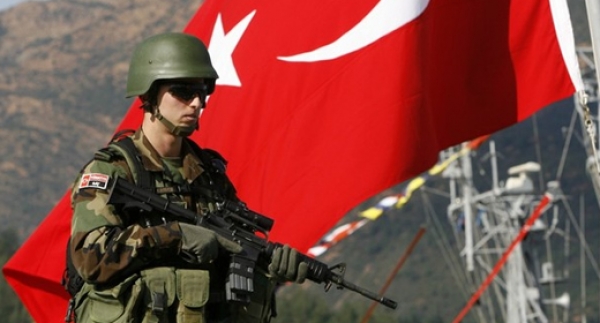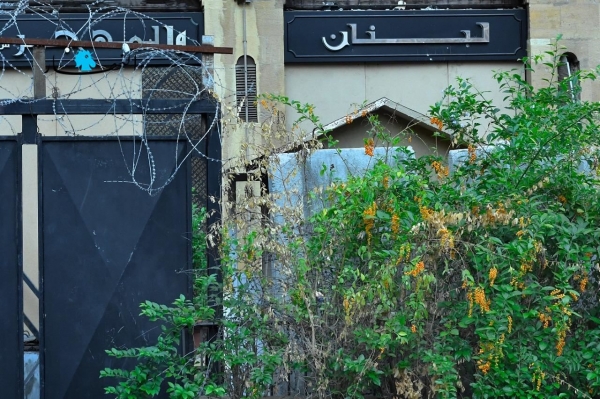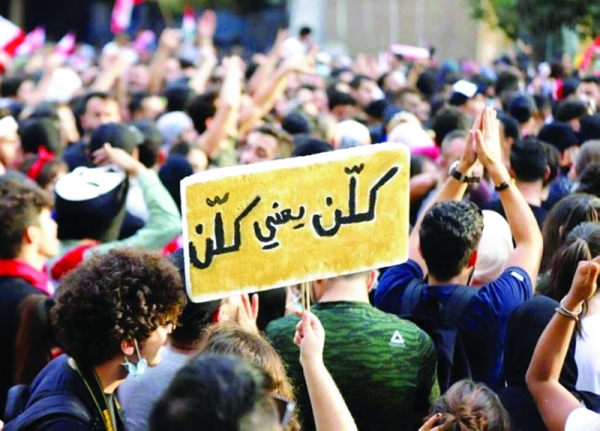Antoine Boutros - The Flexible Empire (3)-Gaza ethos: a guide towards understanding regional Turkish policies
Ever since when it was published in 1938 in a lecture by German Orientalist Paul Wittek, the gaza ethos has been a subject of particular concern. In Wittek’s concept, the gaza ethos refuses to regard the Ottomans as a clan or people linked genealogically; rather, they are groups of Anatolian bound by a common intention to fight Christian infidels in their neighborhood (see part 1). In the second part, we highlighted how gaza provided a pretext for Ottoman expansion, and in this part, we will continue the debate surviving to this day on the gazi theory.
Foremost among those who joined the debate on the Gazi thesis is the Hungarian Turcologist Gyula Kaldy-Nagy who noted in his book published in 1979 that the Ottomans in the early centuries of their history were Muslims only in name and therefore their initial conquests could not have sprung from a gaza ethos. In other words, for Kaldy-Nagy there simply was not any conflict between Christianity and Islam in the early stages of Ottoman era.
In 1984, Pal Fodor, another Hungarian Turcologist, rekindled the debate with a cogent article arguing that the terms ‘gazi’ and ‘gaza’ in the works of poet Tajeddin Ahmedi were nothing but mere literary tools used to serve political purposes. Fodor’s article is in many ways considered to be the most recent study on the renewable debate on Ottoman origins, for it challenged the evidence put forth by Wittek in order to advance his thesis.
In 1986, the renowned American Ottoman scholar Ronal Jennings became the latest to criticize Wittek’s selection of passages from the early 15th century poem by Ahmedi and the 1337 inscription on the Bursa Grand Mosque. In so doing, he noted that since the occupation of the Balkans was the result of joint efforts by Ottoman and Christian military leaders, the theory of Wittek on gaza ethos was therefore false.
Colin Heywood, the British Turcologist and former student of Paul Wittek, depicted Wittek as a demon that needs to be exorcised in two articles published in 1988 and 1989. He argued that the notion of a gazi hero serves more to unveil the childhood of Wittek and his upbringing in Vienna, capital of the Hapsburg Empire, than to enlighten us about the early Ottoman history.
A second English Turcologist, Colin Imber, in a series of three articles published in 1986, 1987 and 1993 argued that the 14th century is basically a black hole and that we do not have a sufficient amount of modern sources to be able to recreate that era of Ottoman history. He noted that the historians who attempted to reconstruct the history of that period were only repeating what their predecessors in the 16th and 17th centuries had said.
In 1993, the Turkish philologist Sinsai Tekin published two studies aimed to demonstrate that the Bursa Grand Mosque’s inscription (second piece of evidence in Wittek’s thesis) was in fact nothing but a 19th century forgery. He argued, rightly, that its current location on the Sehadet Mosque could not have been its original place.
The most significant recent book length study on this subject is the Cemal Kafadar’s 1995 work, The Construction of the Ottoman State. Kafadar, a Turkish born and North American trained Ottomanist, tries to reexamine the emergence and growth of the Ottomans and to look at the 14th century gazis as one element in the patchwork of groups identifiable in Anatolia at the time. His view of Islam and Christianity alike underlines the inclusivity of these two cultures. Many criticized Kafadar’s book for being a defense of Inalcik’s modification of the gazi theory to accommodate it to the traditional notion of the tribal origins of the Ottomans.
The Greek scholar, Dimitri Kitsikis, on the other hand argued that the Ottoman Empire was in fact a Turco-Greek empire concealed by history over the ages.








اترك تعليقا